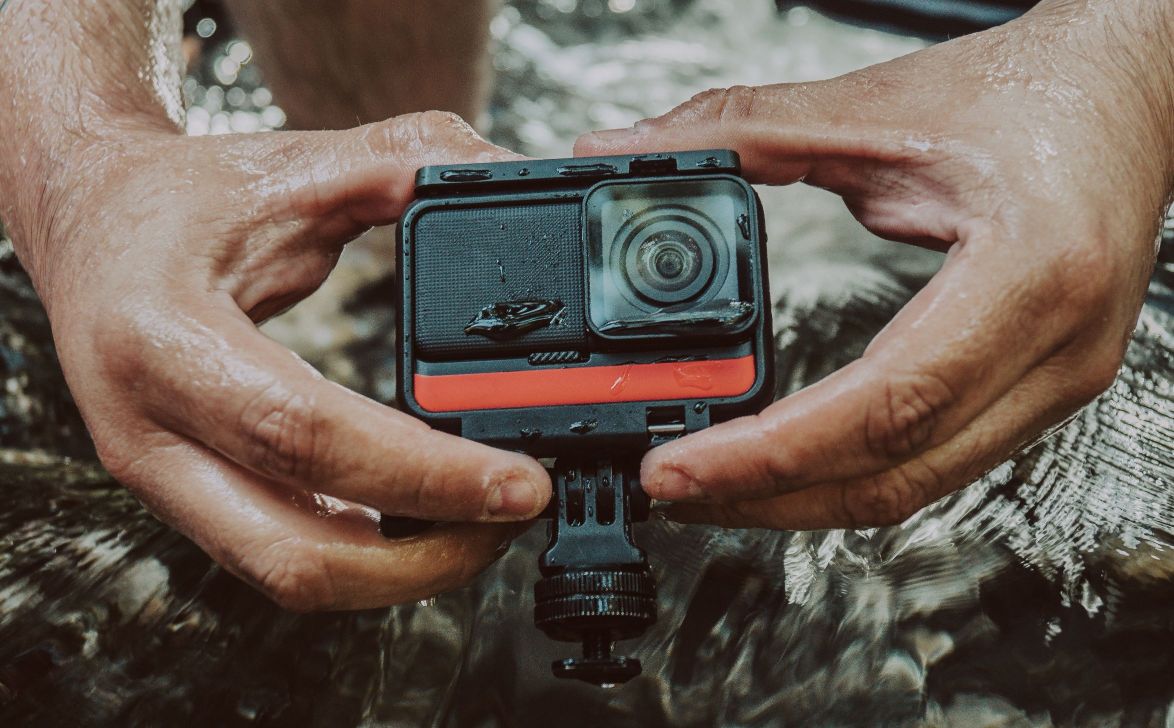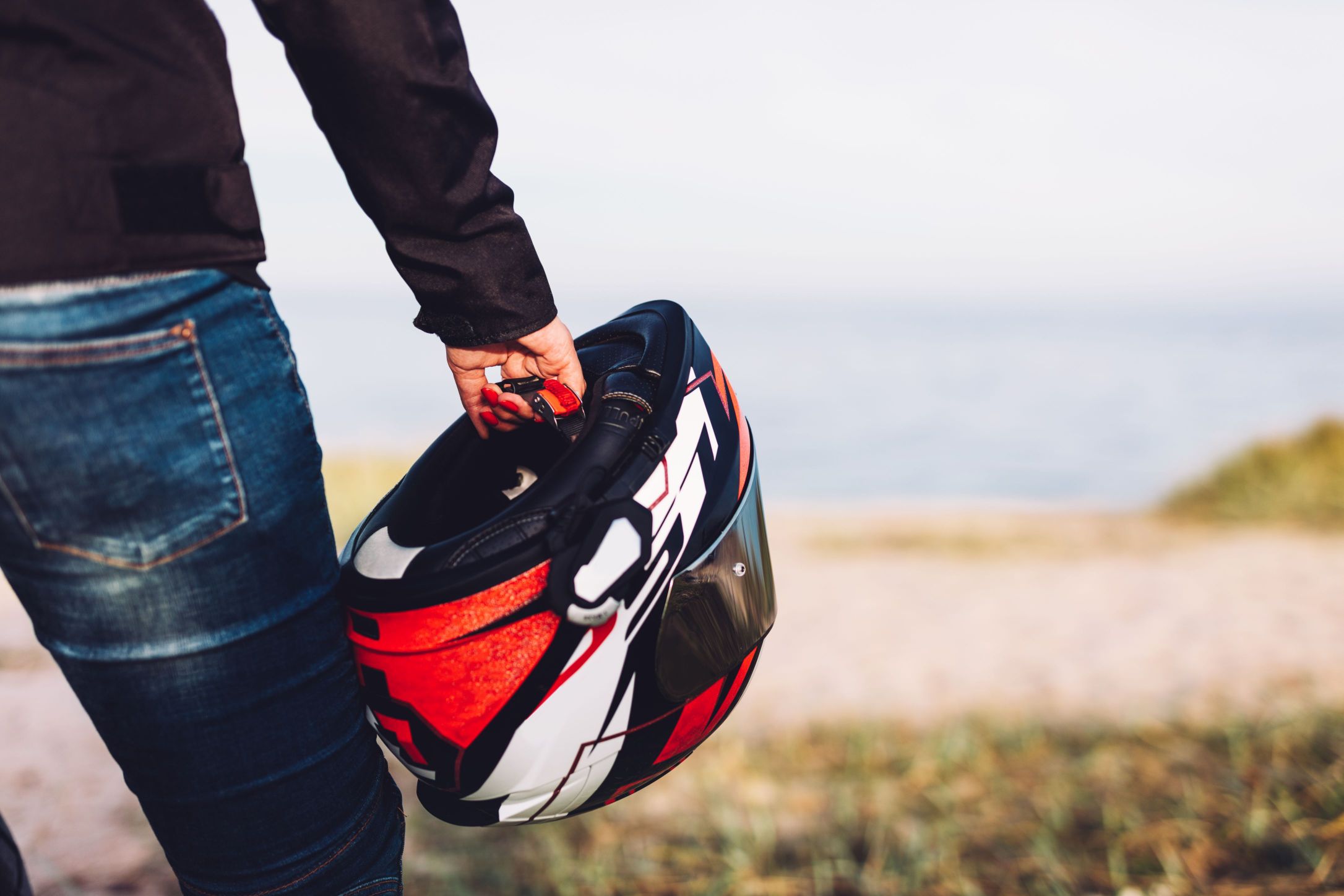Motorcyclists typically replace helmets every three to five years. Manufacturers recommend that motorcycle riders replace their helmets within five to seven years of the manufacture date. You will usually find the production date on the sticker under your helmet’s comfort liner. B Helmet for motorcycle It can make the difference between life or death. You should make sure your helmet is well-maintained so it can protect you in case of an accident or impact.
Factors that influence the age of motorcycle helmets
Three main factors influence the effectiveness of your marketing campaign. The quality and frequency with which you use the helmet, as well as your maintenance practices are all important.
Frequency of use
The rule is applicable to all things on the planet. This rule applies to almost everything on the planet. The more you use it, the faster it degrades. If you use your helmet almost daily and expose it to extreme outdoor conditions, it will need to be replaced sooner than expected. A well-stored and rarely used helmet can last longer. The speed at which a helmet is used can also contribute to its deterioration. It can be expected to crack if it is frequently subjected to bumps and if it is dropped often. Indentations on the liner that don’t fit perfectly can also be a sign of a problem.
Helmet quality
Before you buy a helmet, make sure that it has a safety rating. High-quality, durable helmets are built from high quality materials and are more likely to last. These helmets are the most durable and resistant to wear and tear.
A variety of testing are used to determine the quality of the helmet. Impact testing measures the helmet’s resistance to impact at certain accelerations. Positional stability or roll tests determine if your helmet is able to roll onto your head. Dynamic retention tests determine if the helmet is able to withstand heavy mechanical loads.
These are signs that your helmet needs to be replaced
Many signs will tell you when it is time to replace your motorcycle helmet. These signs will help you ensure your safety while on the roads.
Helmet Age
We mentioned in the beginning that the maximum age for applying is 55. Helmets for motorcycle riders expire seven years from the date they were manufactured. Your motorcycle helmet’s shell and foam will be compromised over this time. The quality of a helmet has a significant impact on its durability. Regular use combined with age is enough reason to have it replaced. The helmet can be exposed to:
- UV rays
- Sweat;
- Wind;
- Dirt.
Although they may not cause any obvious damage, the cumulative effects will eventually weaken the adhesives and resins that keep your helmet in its place.
Accidental exposure
It is just common sense, if your motorcycle helmet has been involved in an accident and it is time to get it replaced. The impact has damaged the helmet’s internal mechanism. It is better to have the helmet replaced than try to fix it with glue if there are any obvious cracks or fissures. Cracks multiply exponentially so one crack can lead to many others. Cracked helmets will no longer be strong enough to resist another accident. This defeats their original purpose.
It’s “looser”.
An helmet must fit correctly in order for it to work as protective gear. You should make sure it is not too tight or too loose. To test it, shake your head side-to-side and then check if the object moves. The helmet should be able to hang on your head comfortably and it shouldn’t move. If it does, you will find it distracting from your work or worse than an effective way of protecting your head. Helmets that don’t properly cover the skull can cause trauma and other head injuries.
Also, you may choose well your helmet, it can be a full face helmet, which are more resistant, or not.





